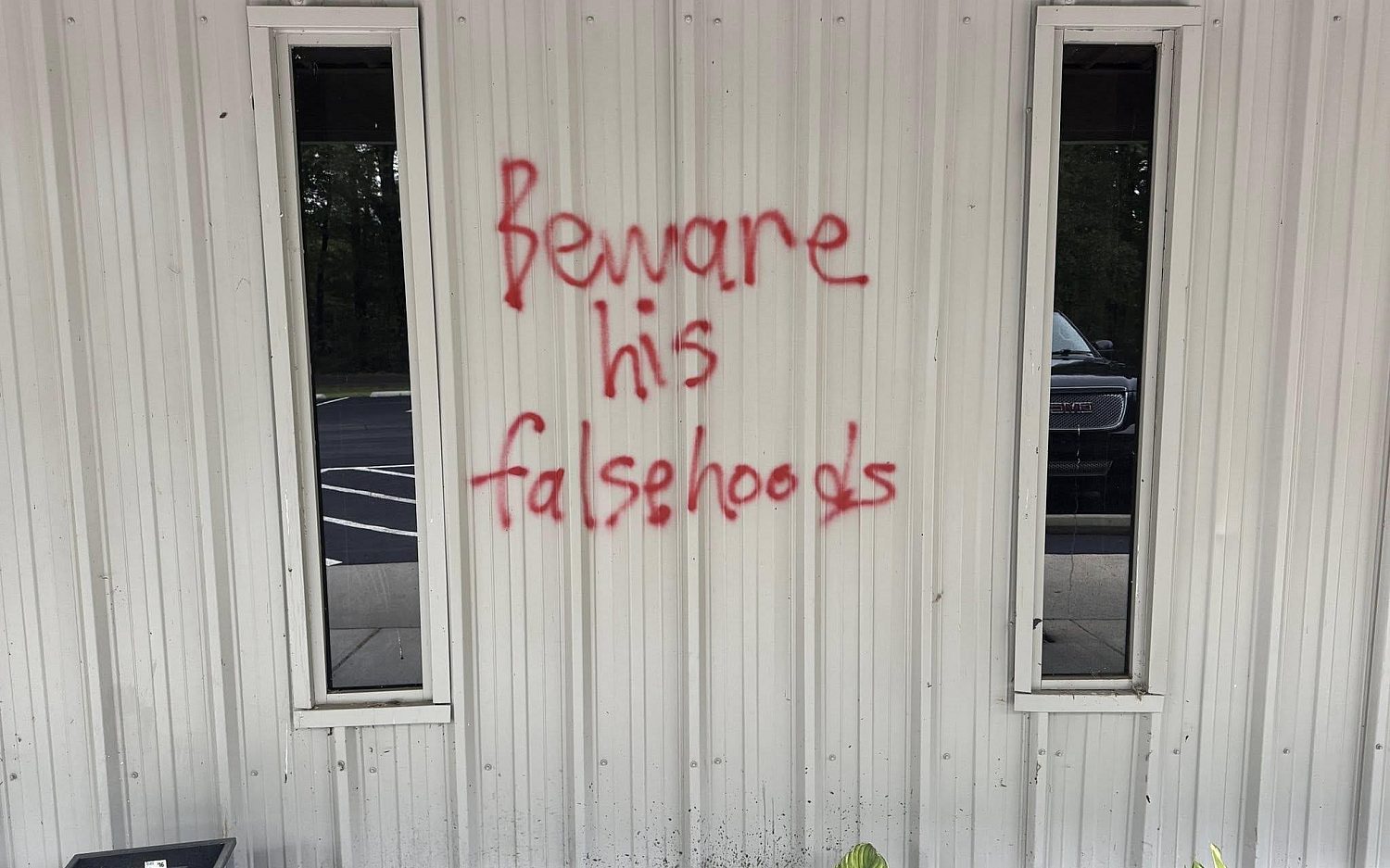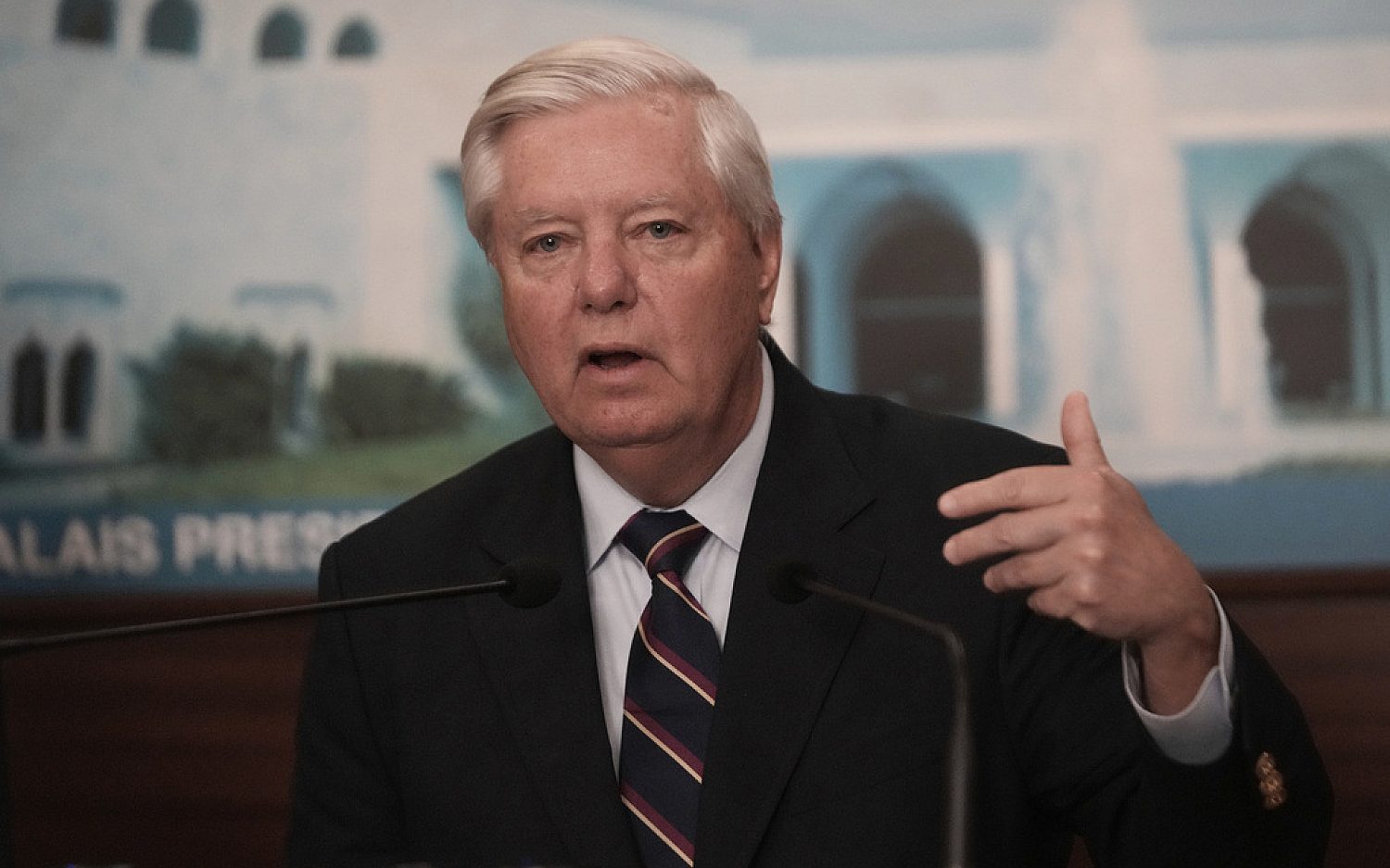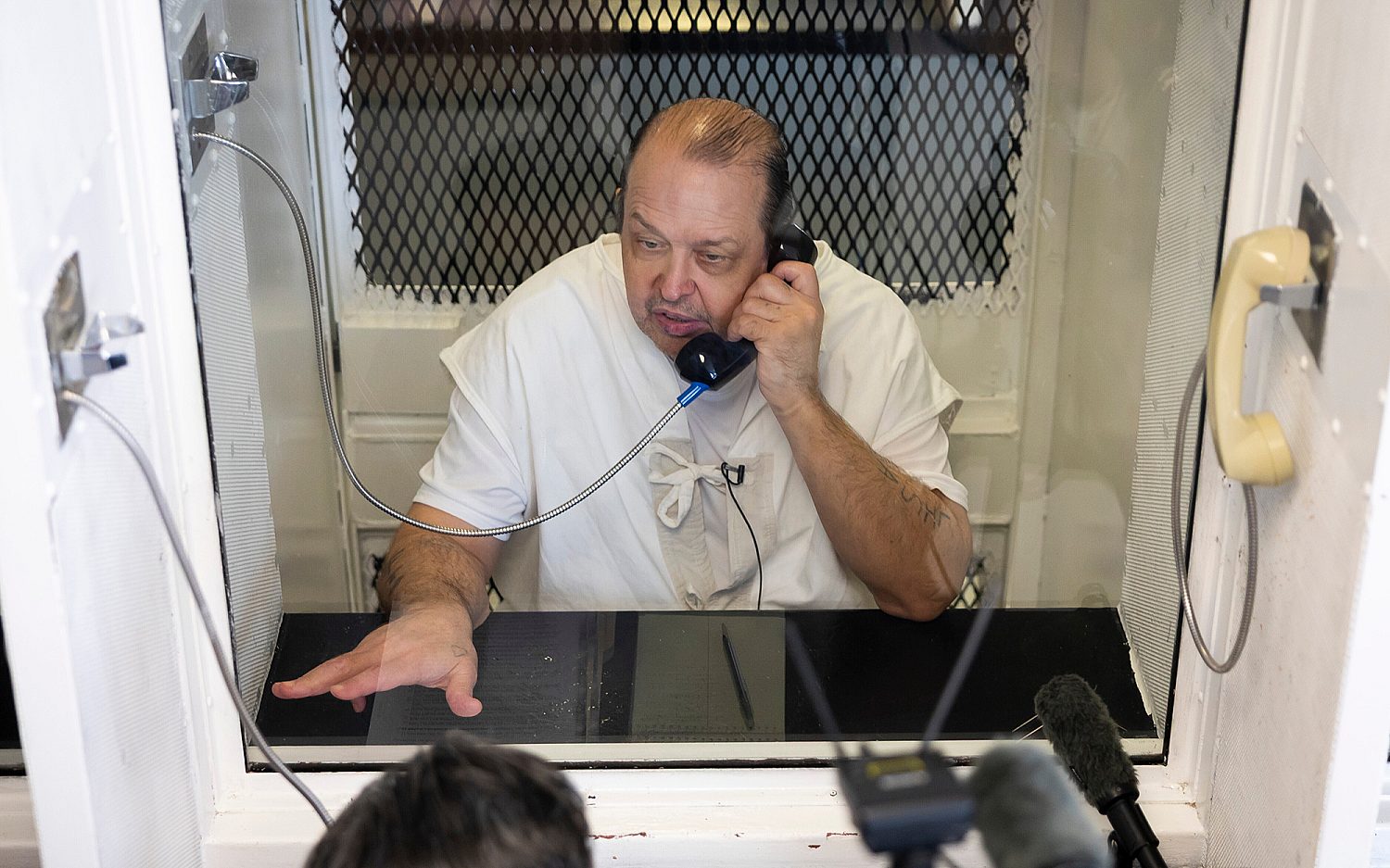U.S. to increase drone missions amid rising world tensions
Military drones aren’t getting grounded any time soon.
Demand from U.S. commanders for increased intelligence and strike capabilities to respond to escalating world tensions is driving a new Pentagon plan to increase daily drone missions by 50 percent over the next four years. But the burden of those missions will shift away from an already overworked Air Force.
Daily drone missions have increased from a low of five in 2004 to about 65 today. They provide critical surveillance and intelligence collection, as well as combat firepower, for the U.S. military. Commanders thought demand for drones would dip as the wars in Iraq and Afghanistan waned. But renewed conflict in Iraq, the fighting in Syria, the terror threat in North Africa, the Russian invasion of Crimea, and the simmering tensions in the Pacific have only increased commanders’ appetite for drones.
“It’s the combatant commanders, they need more. They’re tasked to do our nation’s business overseas so they feel that stress on them, and it’s not getting better,” said Air Force Maj. Gen. J.D. Harris Jr., vice commander of Air Combat Command at Joint Base Langley-Eustis. “There’s just not enough of the Air Force to go around.”
The Air Force has been responsible for almost all U.S. drone operations, and the high demand for those missions has taken a toll on overworked pilots and crews, according to a recent report in The Wall Street Journal. Earlier this year, Defense Secretary Ash Carter agreed to let the Air Force reduce its daily missions from 65 to 60, but only if military planners could obtain more drone capability using other resources.
Under the new plan, which gradually steps up the number of daily missions over a four-year period to more than 90, the Air Force would continue to provide 60, and the Army would conduct about 16. U.S. Special Operations Command and civilian contractors would conduct up to 10 each. Civilian contractors would fly only intelligence missions using older Predator drones.
But the Pentagon still has to sort out how it will pay for the additional drone operations, as well as how the military will analyze the huge amount of video and other intelligence data pouring in from the increased number of patrols.
“The intelligence analysts who process the information coming from these flights are a critical part of this,” said Navy Capt. Jeff Davis, a Pentagon spokesman. “So, as we talk about expanding the number of UAV (drone) flights, we also have to look at the workload of the analysts who process that. We have to have the supporting backbone to be able to process that information and turn it into actionable intelligence.”
The Associated Press contributed to this report.
An actual newsletter worth subscribing to instead of just a collection of links. —Adam
Sign up to receive The Sift email newsletter each weekday morning for the latest headlines from WORLD’s breaking news team.




Please wait while we load the latest comments...
Comments
Please register, subscribe, or log in to comment on this article.